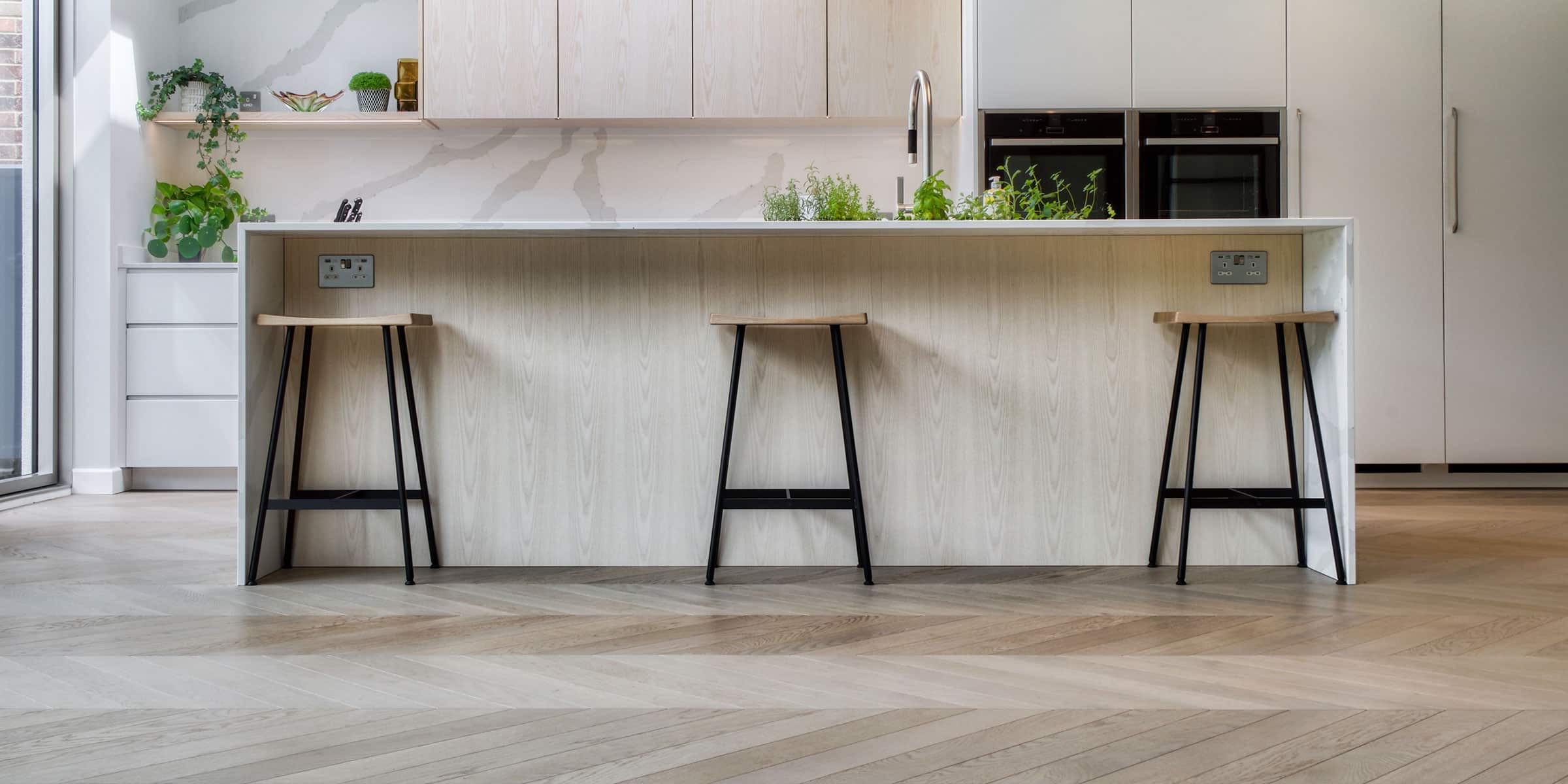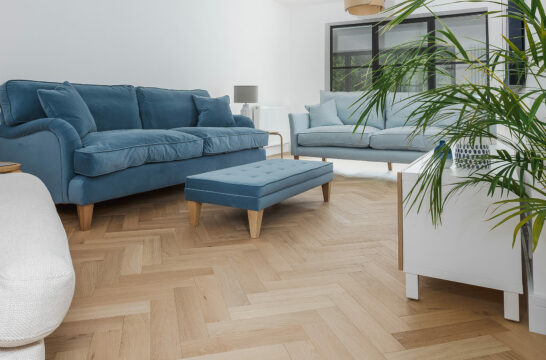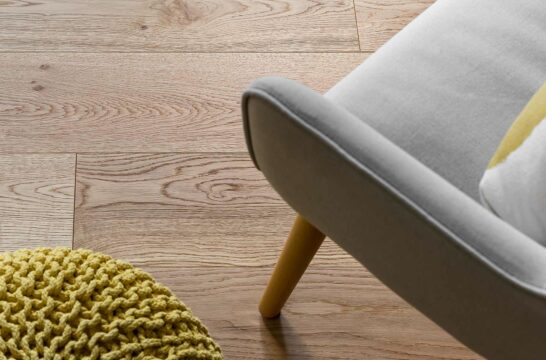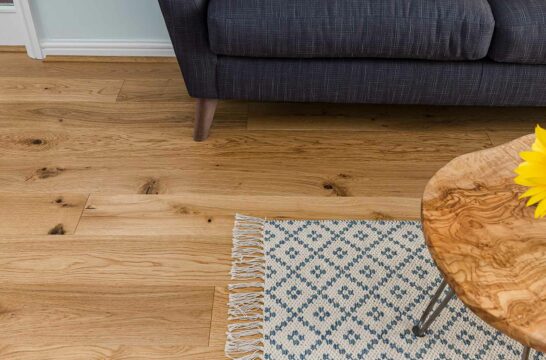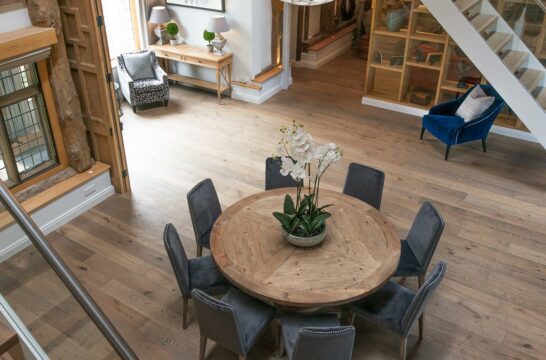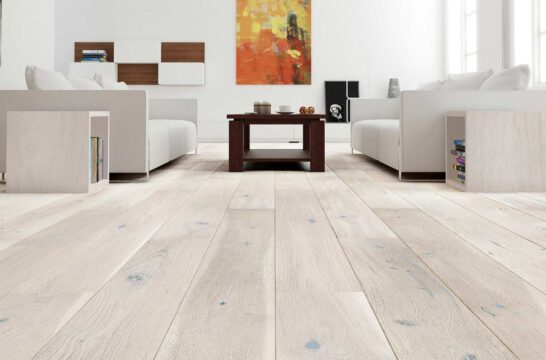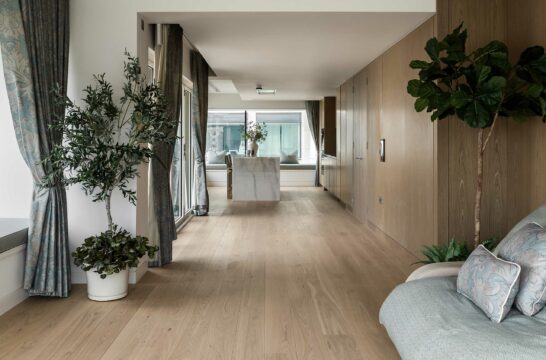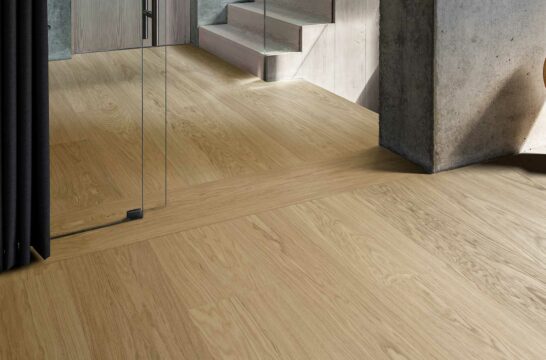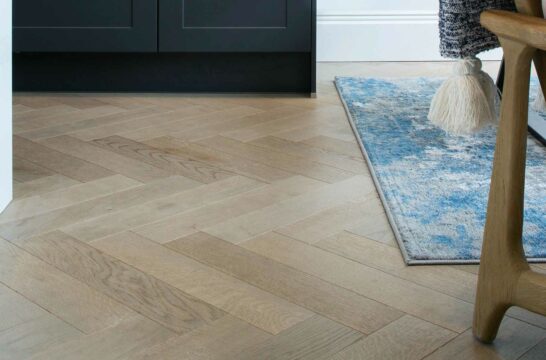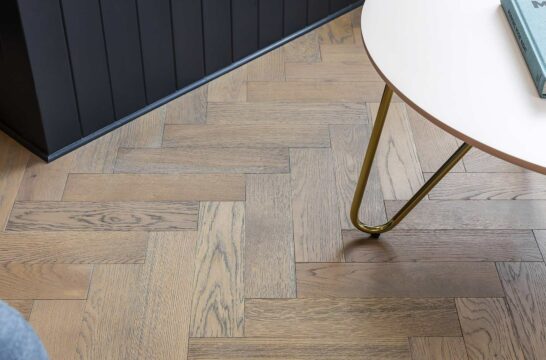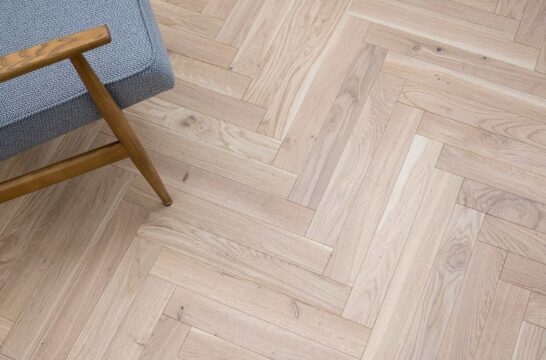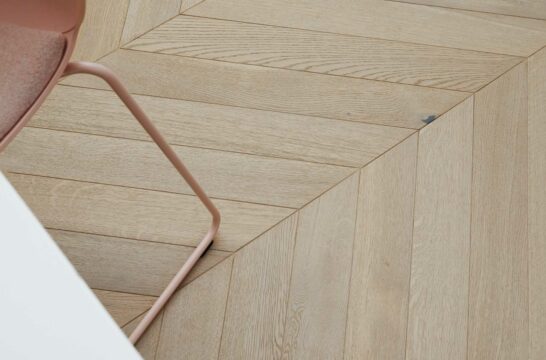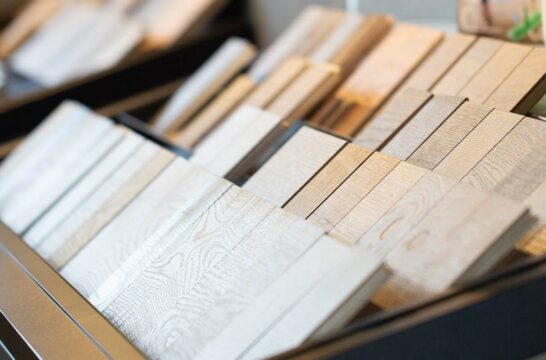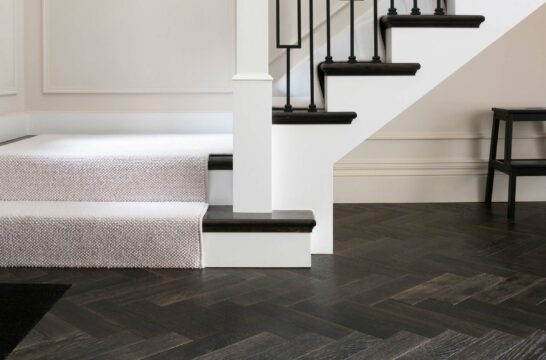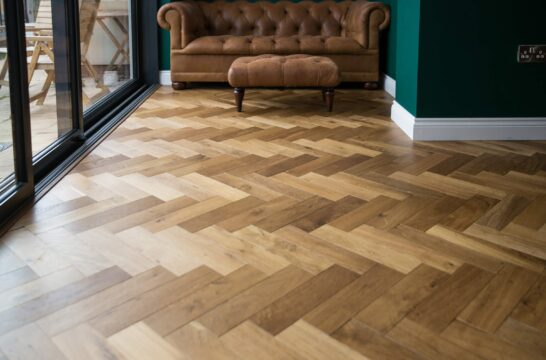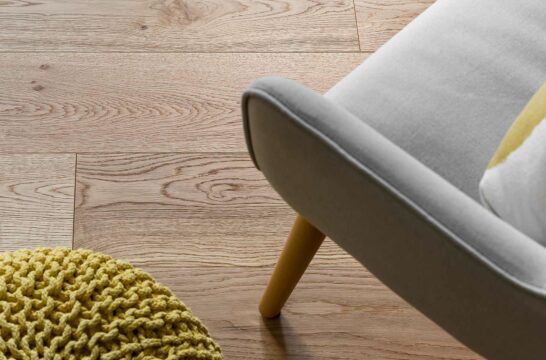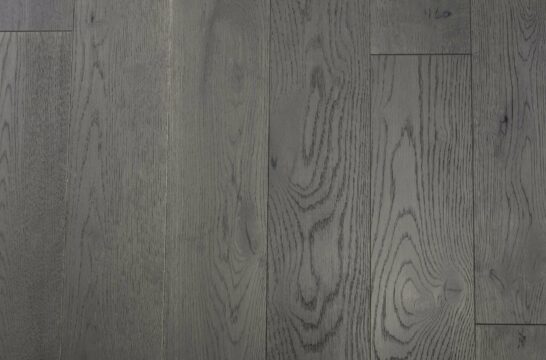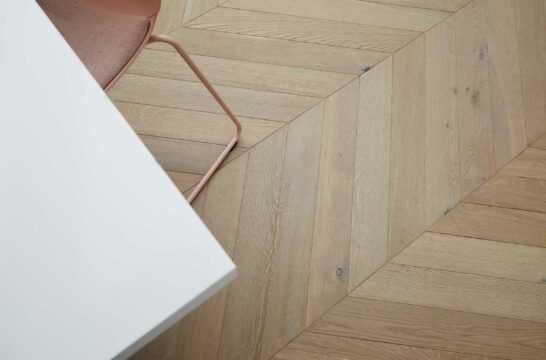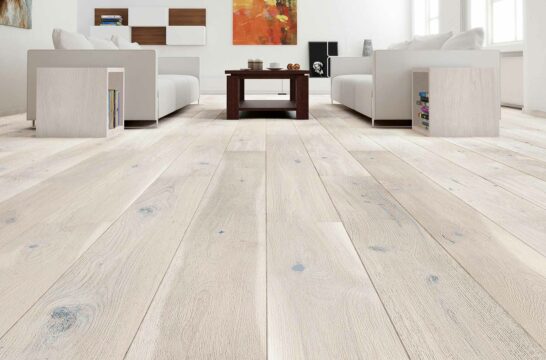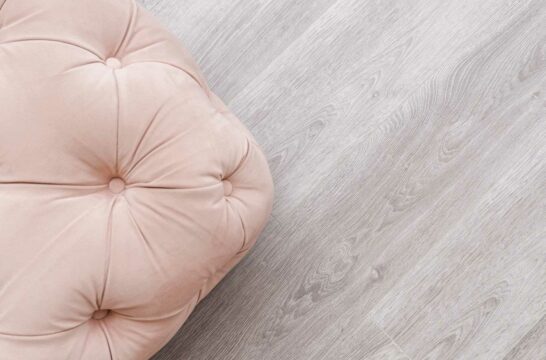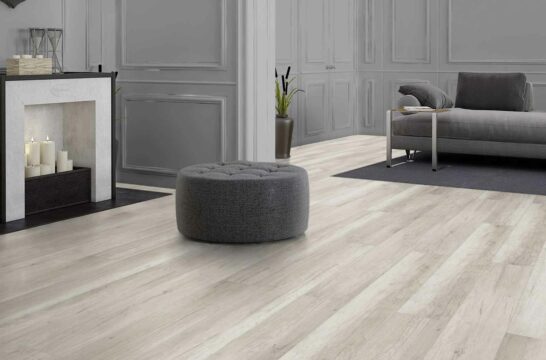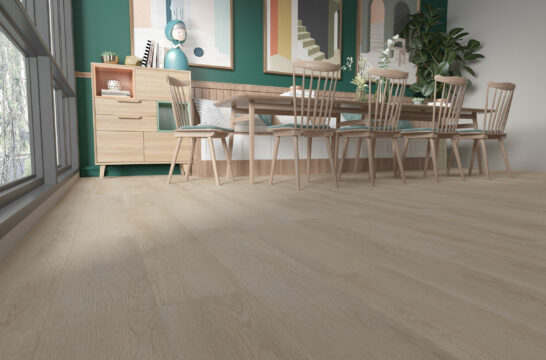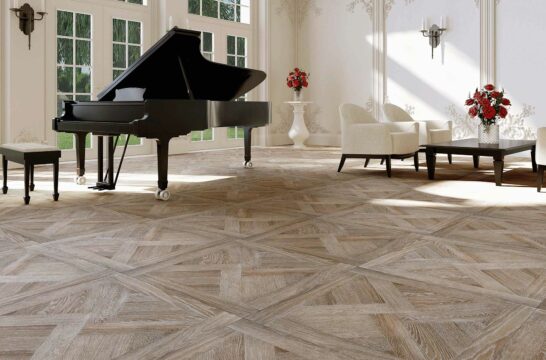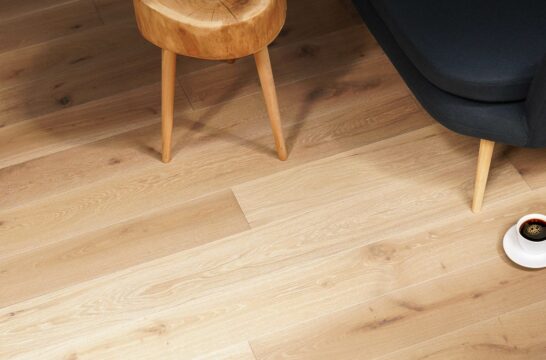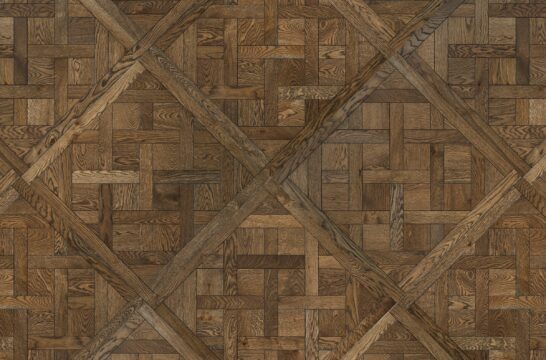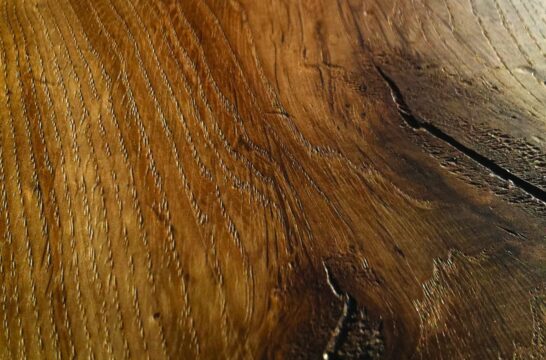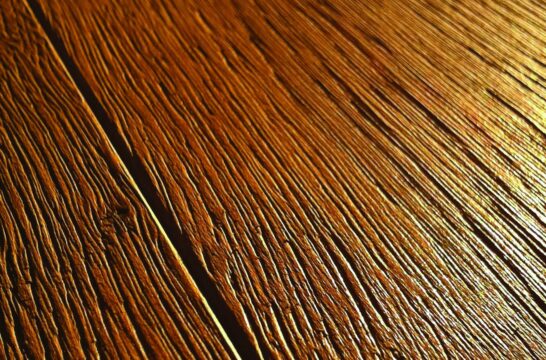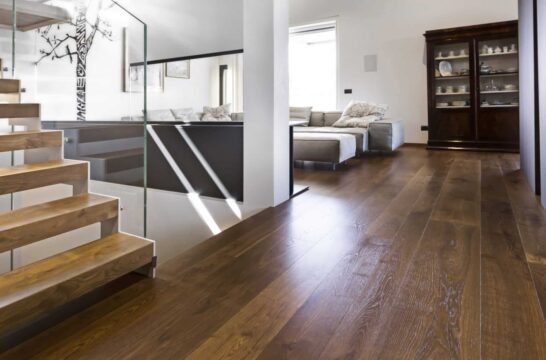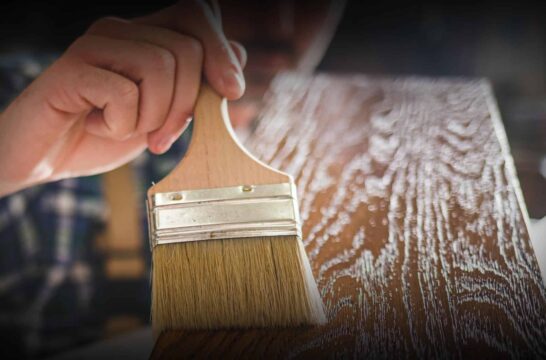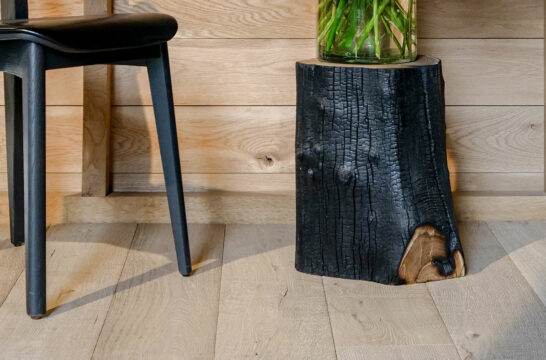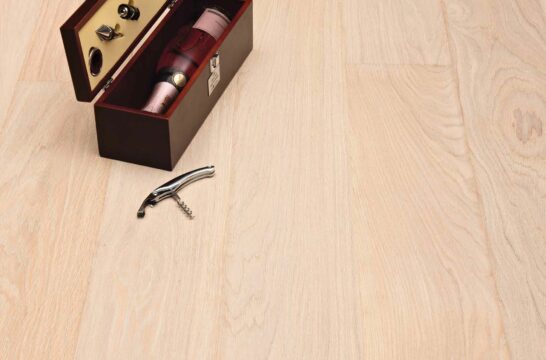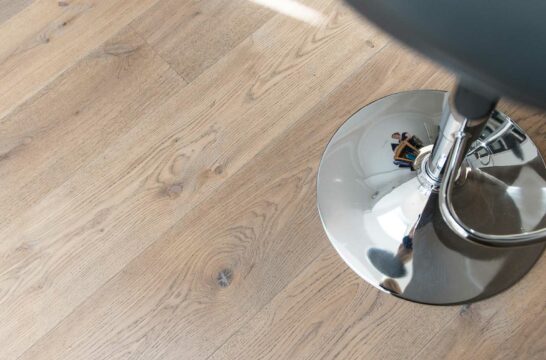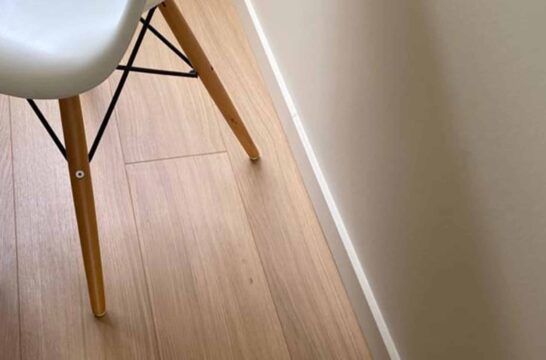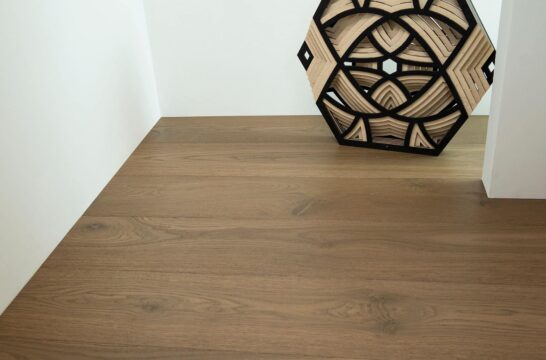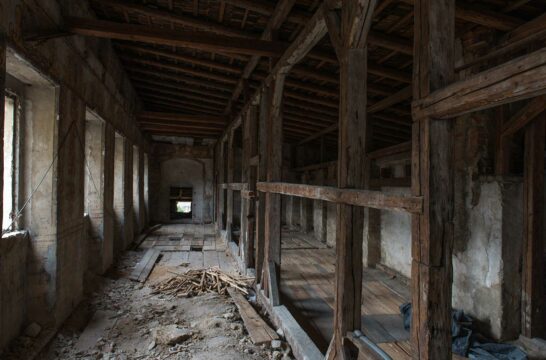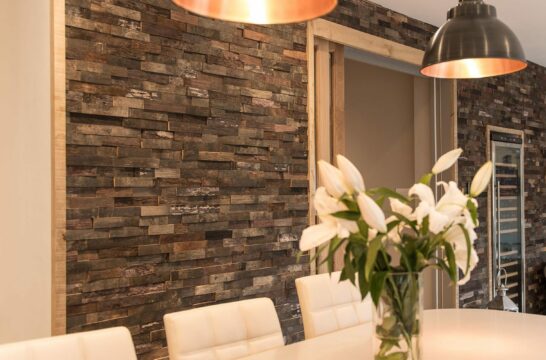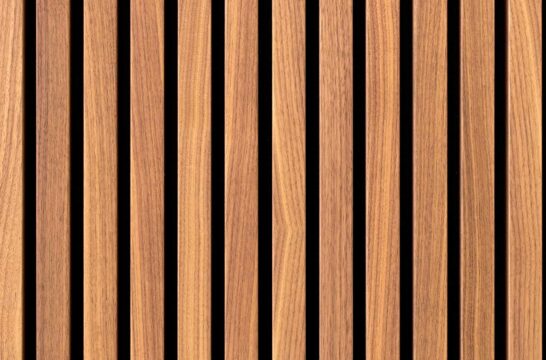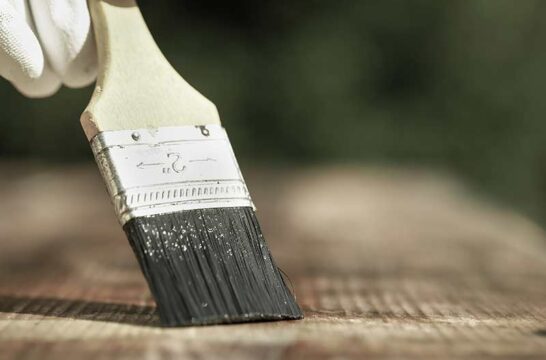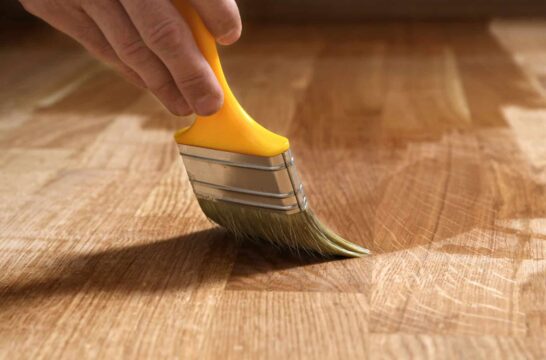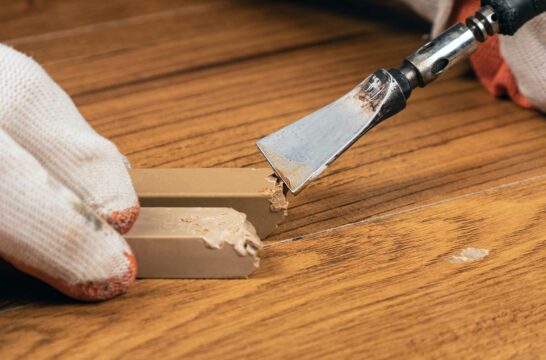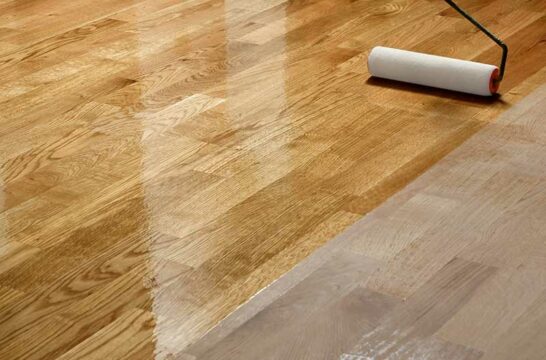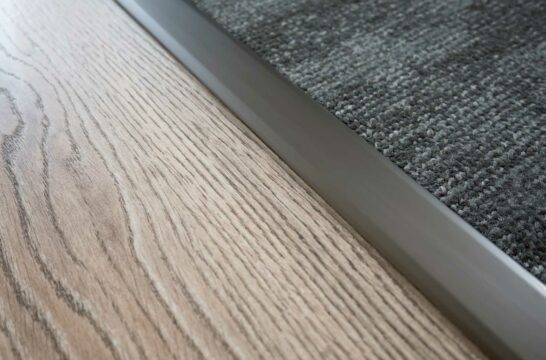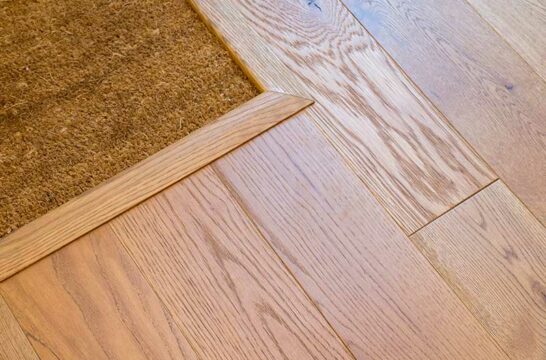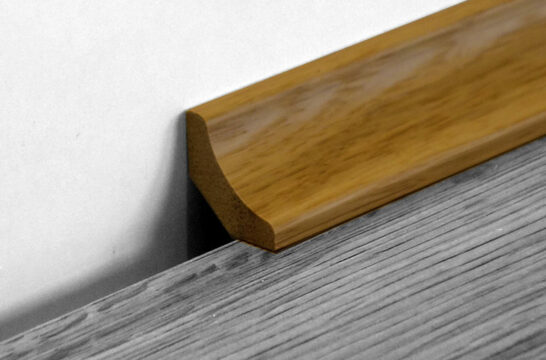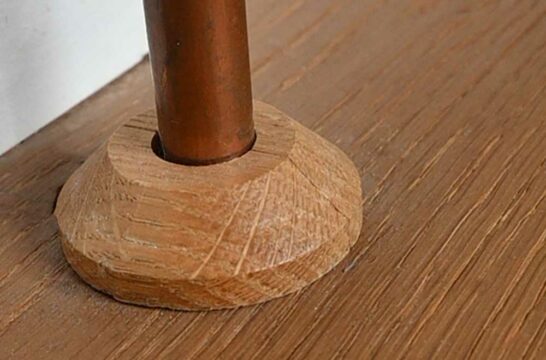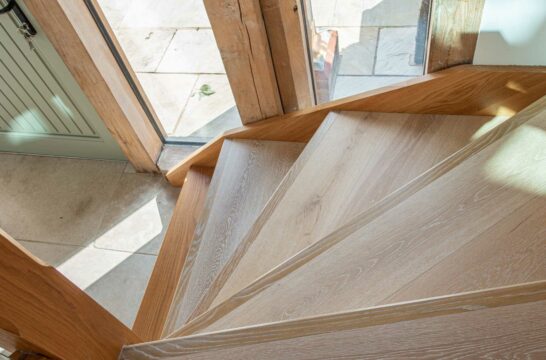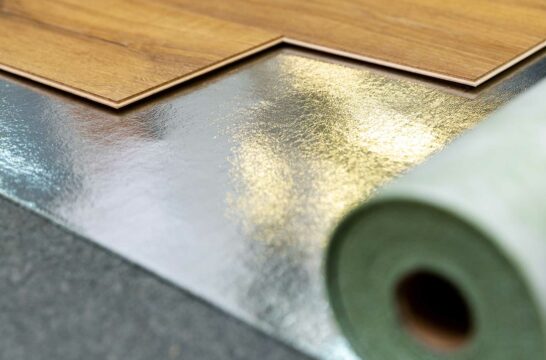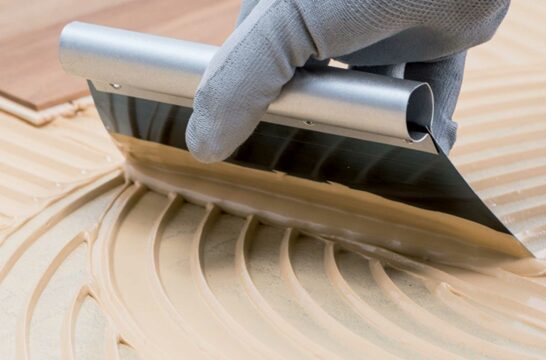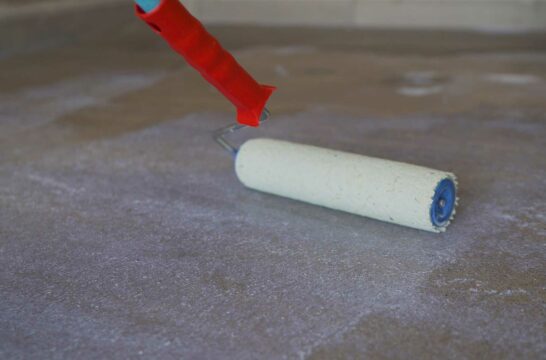Classical Design Ideas With Engineered Wood Flooring
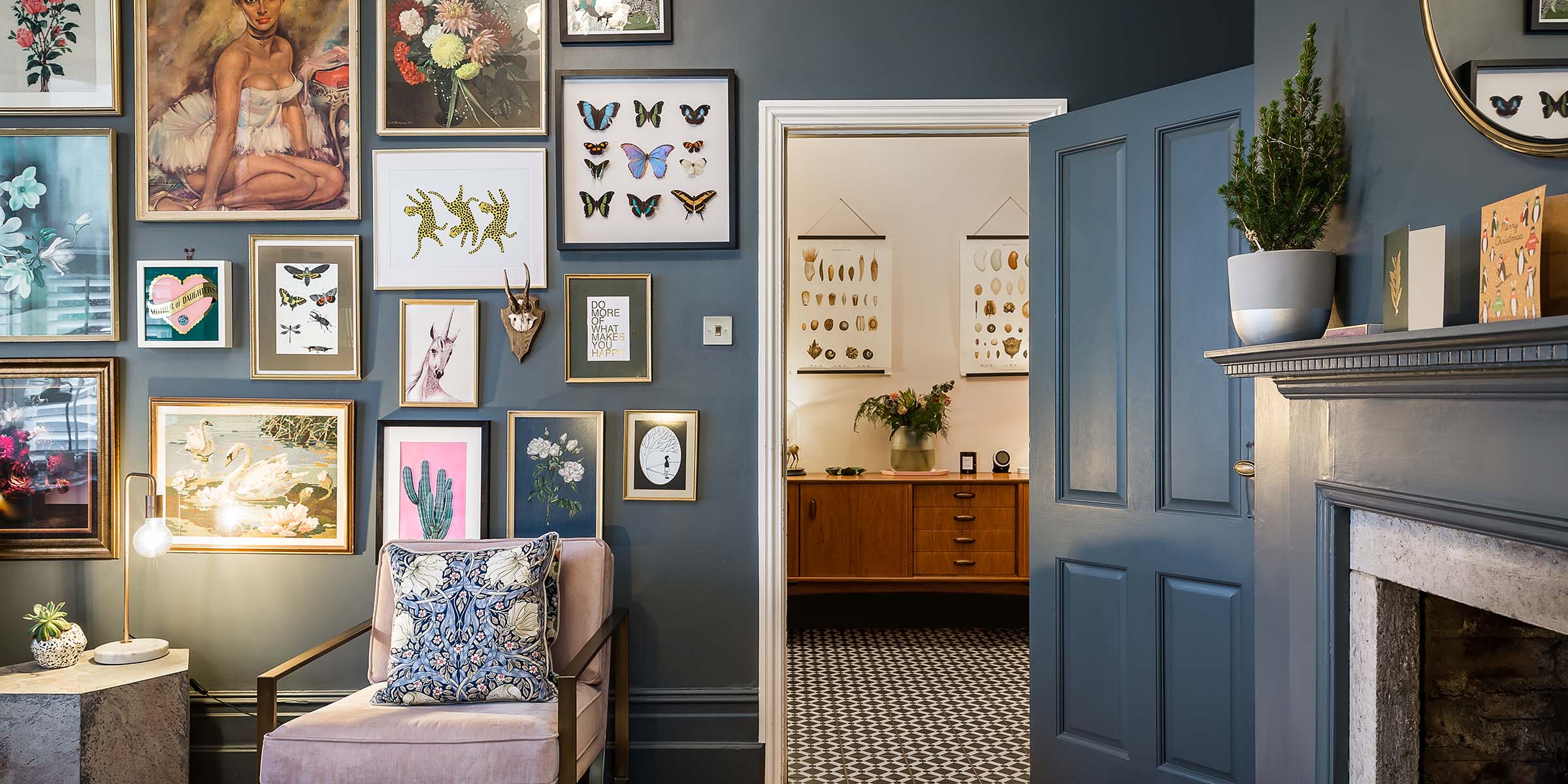
Rooted in the architectural and artistic styles of ancient Greece and Rome, classical design is characterised by its symmetry, rich colour palettes, and the inclusion of ornate detailing and robust materials. This interior design has evolved through the centuries, blending with the Georgian, Victorian, and Edwardian styles that grace many historic British homes. At the heart of these classical interiors is the use of natural materials, among which wood plays a pivotal role.
Wooden flooring, with its natural warmth and charm, has been a mainstay in traditional home designs, offering both aesthetic beauty and functional durability. From the grand oak floors of stately homes to the intricately patterned parquets of townhouses, wood flooring is a testament to the craftsmanship and enduring quality valued in classical design.
But what do you do when you want to balance the desire for historical authenticity with the practicalities of contemporary living? This is where engineered wood flooring emerges as a brilliant modern alternative. Mirroring the visual appeal of solid wood but engineered for greater stability and resilience, it offers a practical solution without compromising on the classical aesthetic.
The Evolution of Wood Flooring in Interior Design
In traditional settings, the choice of wood and the intricacy of the floor patterns often reflected the status and wealth of the homeowner. The ornate parquet floors of the 17th and 18th centuries, with their geometric and angular patterns, are a prime example of this. They were a display of luxury and a hallmark of refined taste. As the Industrial Revolution made wood more accessible, the use of wooden flooring became more widespread, yet it retained its association with classic elegance.
Floors Engineered for Today
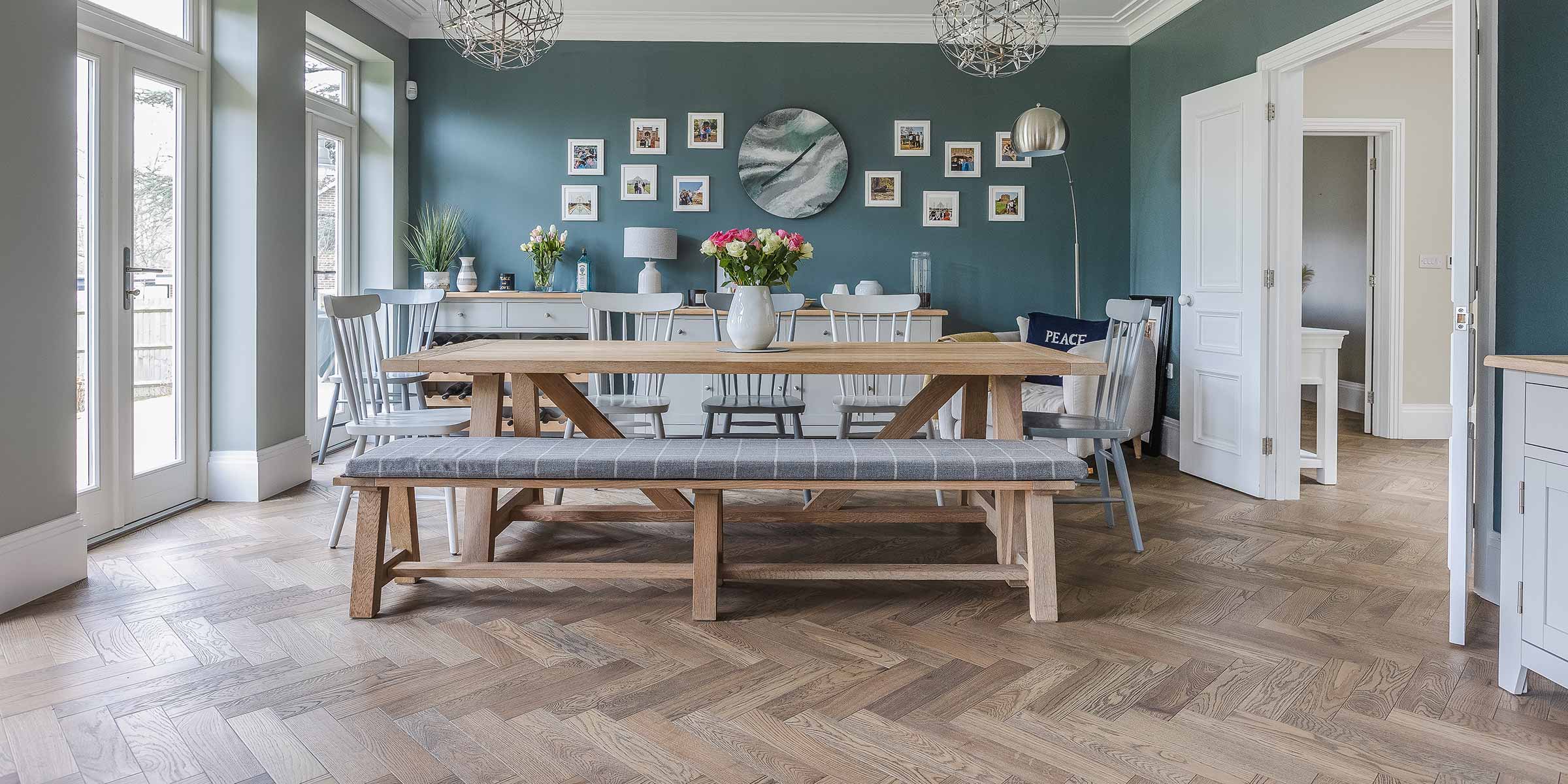
Unlike solid hardwood floors that are made from single pieces of timber, engineered wood floors comprise multiple layers. The top layer, known as the veneer or ‘lamella’, is a thin slice of real hardwood, offering the authentic appearance and feel of traditional wood. Beneath this lies a core of high-density fibreboard, plywood, or similar natural materials, which gives engineered floors their remarkable stability and resistance to environmental changes.
By layering a real wood veneer over a stable, multi-ply base, and maintaining the visual and tactile appeal of traditional solid wood, engineered wood floors offer enhanced durability, easier installation, and better compatibility with contemporary home features like underfloor heating.
How to Add a Touch of Tradition With Engineered Wood Flooring
Incorporating engineered wood flooring into traditional interiors is an exercise in blending time-honoured aesthetics with modern functionality. The key lies in selecting the right collection that resonates with the specific character and era of your period home or classical interior style.
Our Alpine Collection
This range brings the rustic charm of the countryside into your home, with its oak and walnut engineered planks. The natural grain patterns, combined with the tactile feel of the wood, evoke a sense of history and authenticity. These floors are ideal for homes seeking to capture the essence of rural or rustic interiors, reminiscent of old English cottages or traditional farmhouses.
Our Tundra Collection
Characterised by finely engineered oak floors, this collection suits the more polished aspects of classical design. Its clean lines and sophisticated finish complement the stately rooms of Georgian or Victorian homes, where a balance of grace and durability is paramount.
Beyond choosing the right collection, the aesthetic qualities and finishes of engineered wood play a significant role. Finishes like natural oil or lacquered varnish not only protect the wood but also enhance its innate beauty. This is particularly important in period homes, where each design element should contribute to an overall sense of harmony and timelessness.
Which Style Should You Choose?
Traditional Plank Flooring
The charm of traditional planks lies in their simplicity and the natural beauty of the wood grain. Each plank tells a story, with its unique patterns and textures, creating a warm and inviting atmosphere that is at once classic and comforting.
In period homes, these planks effortlessly complement classical design elements like ornate mouldings, high ceilings, and large windows, establishing a harmonious balance between the old and the new.
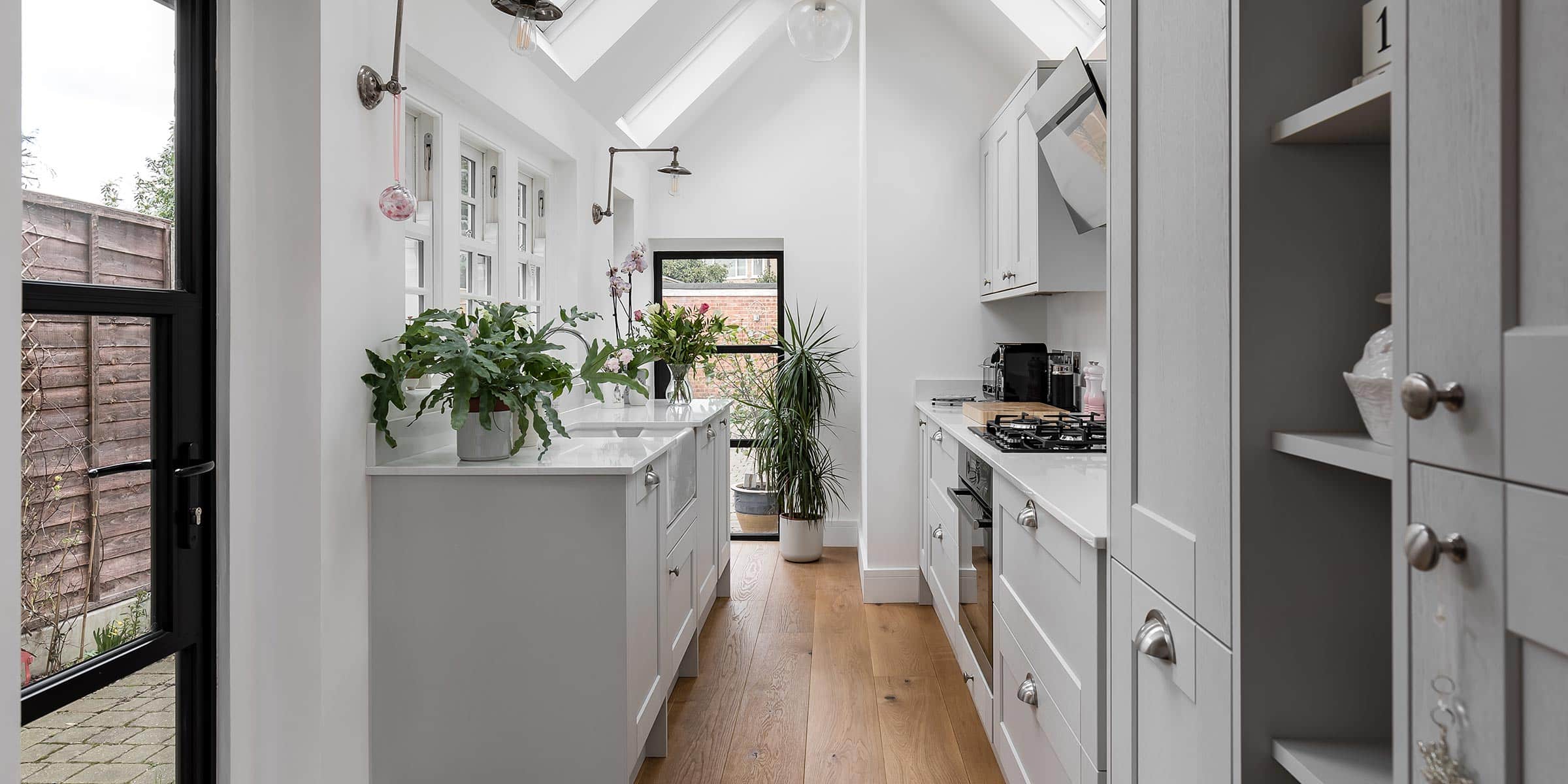
For example, a recent renovation of a Victorian kitchen in Surrey featured our Empire Collection to restore its original charm. The rustic oak planks were chosen for their authentic look, echoing the home’s historic roots while providing the durability needed for a modern family home.
Ornate Herringbone Flooring
The herringbone pattern, with its distinctive V-shaped weaving, has been a hallmark of elegance in classical design for centuries. Originating from the Roman Empire, where it was used in road paving, this pattern gained prominence in Europe for its use in the grand palaces of the 16th century. Its name, aptly derived from the resemblance to the skeleton of a herring fish, encapsulates the intricacy and precision inherent in its design.
In interior design, the herringbone pattern adds a layer of sophistication and visual interest to any space. When applied to engineered wood flooring, it transforms the floor into a focal point, imbuing rooms with a sense of movement and dynamism that is both timeless and contemporary.
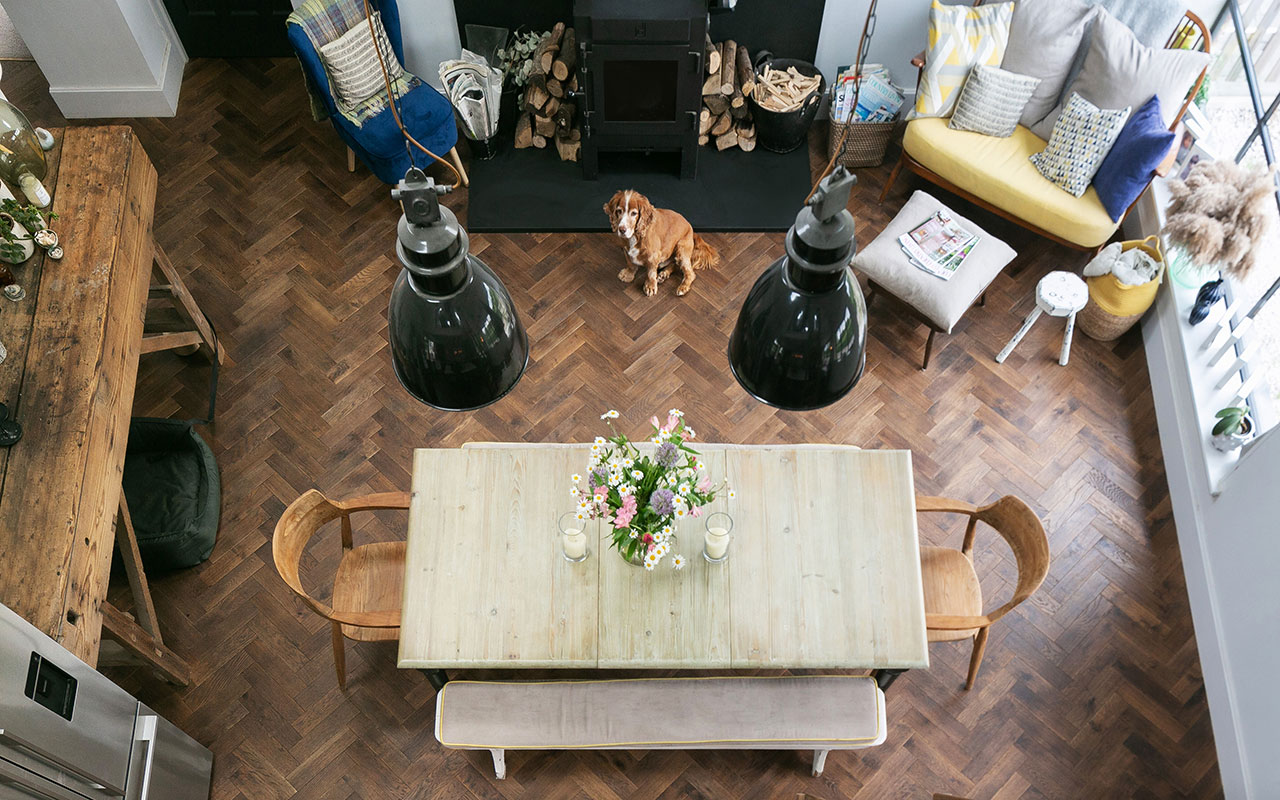
The pattern is particularly effective in elongating spaces, making it ideal for hallways and larger rooms, where it can guide the eye and create a sense of flow and expansiveness. For instance, the deep, rich tones of walnut from the Deco Parquet Collection can lend a room an air of classic elegance, perfect for kitchens, living areas, or studies.
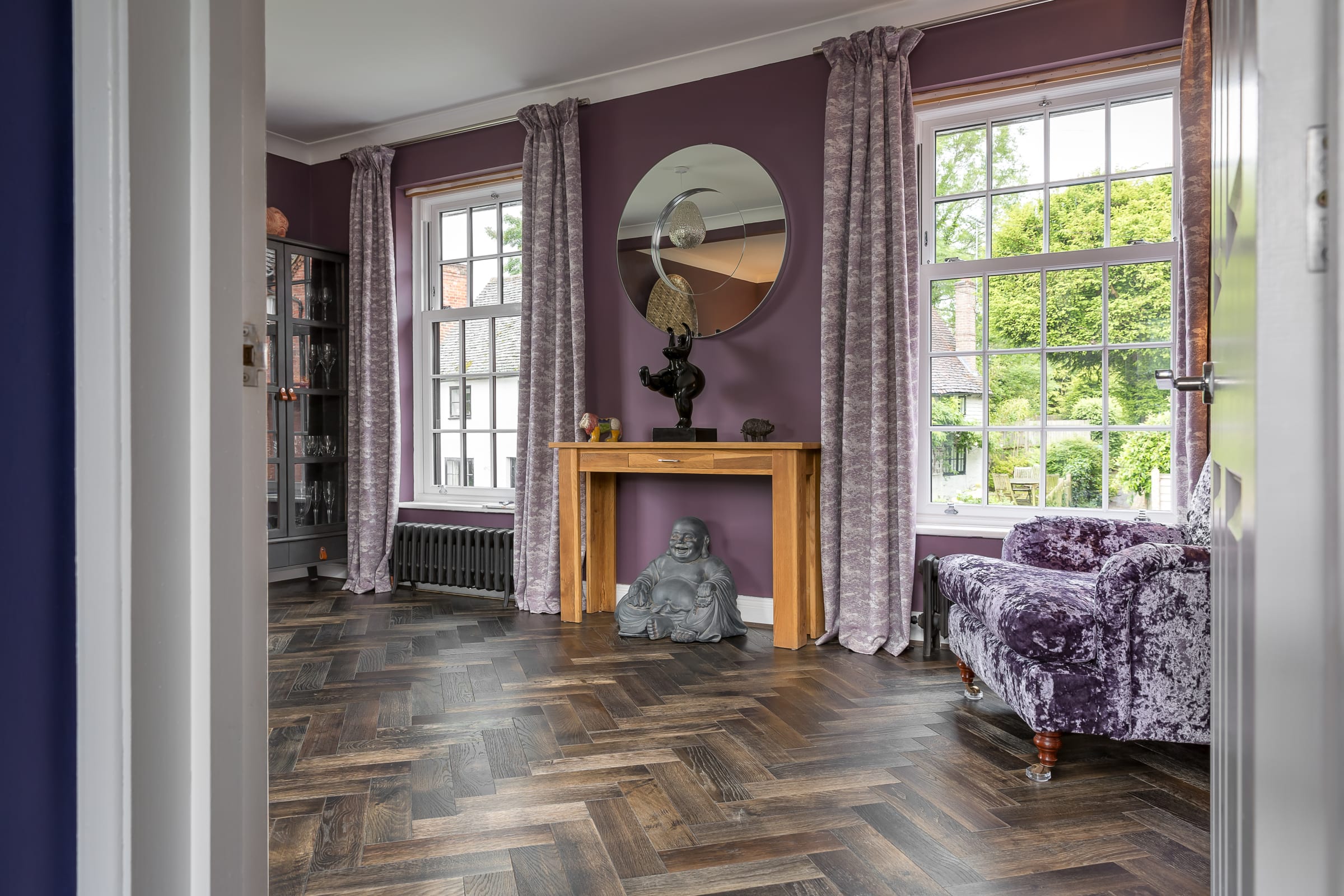
Pairing these wood tones with the herringbone pattern can result in striking combinations. A darker herringbone floor, such as those found in this Georgian-inspired living room, can contrast beautifully with furniture that ‘pops’ with pattern and texture, creating a dramatic and luxurious atmosphere.
Tidy Chevron Flooring
The chevron pattern, often confused with herringbone, offers a distinct style that brings a touch of sophistication to classical interiors. While both patterns are arranged in a V-shape, the chevron pattern is characterised by its continuous zigzag, where each plank is cut at an angle and joins at a point, creating a seamless, arrow-like design. This sharp, clean geometry originated in ancient architecture and has been a feature in European homes since the Renaissance, symbolising refinement and elegance.
In modern design, chevron flooring’s linear pattern creates a sense of order and expansiveness, making it suitable for a wide range of traditional interiors, from the more compact Edwardian terraces to the spacious halls of Victorian homes. The pattern’s directional quality can be used to subtly guide the eye, enhance the room’s dimensions, or even highlight particular architectural features.
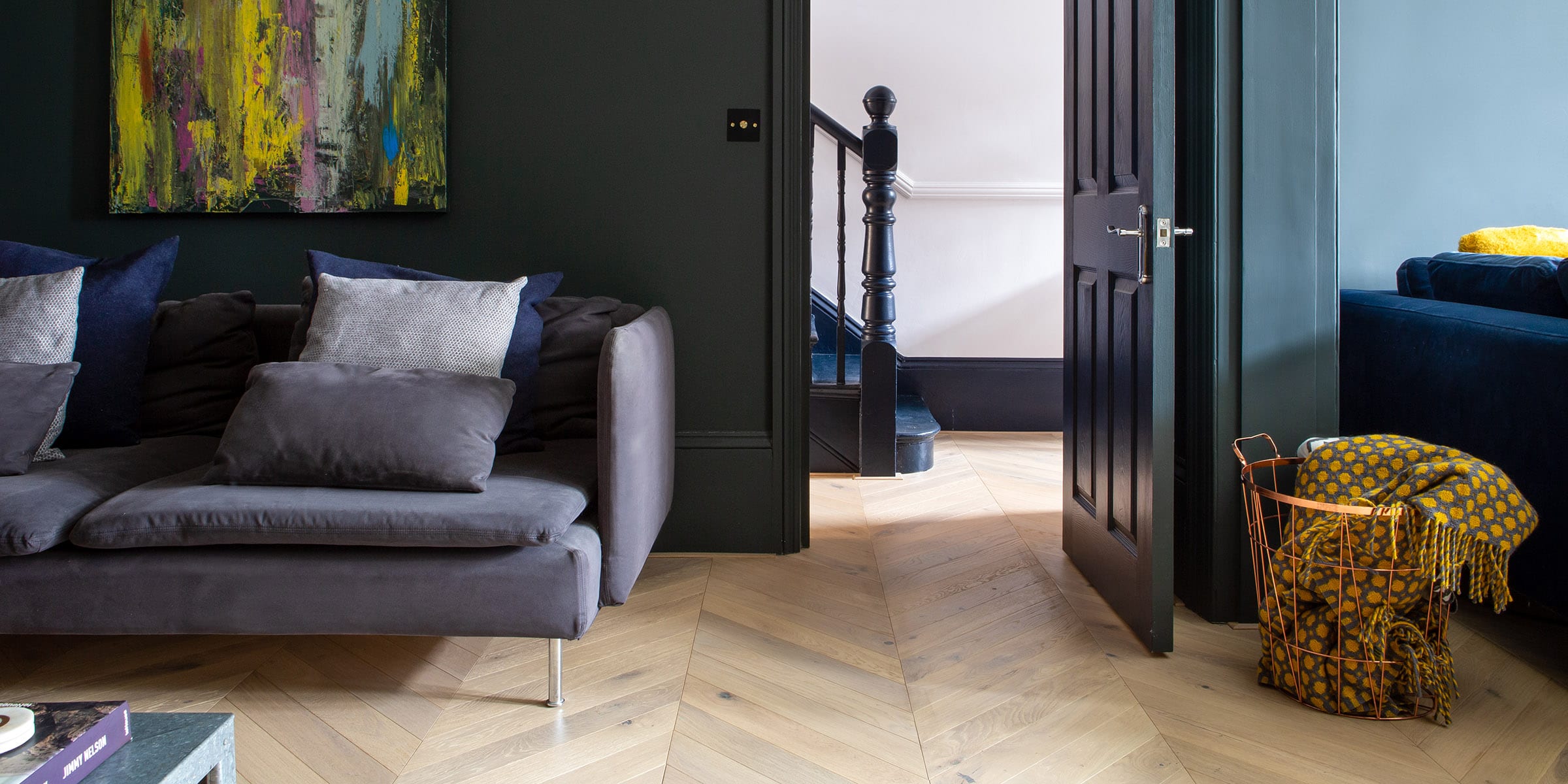
A prime example of chevron styling is in this stunning Victorian renovation in Kent, where the chevron pattern pairs well with both the traditional and contemporary aspects of each room. The lighter oak used also helps to create a sense of openness in a space that features a lot of rich colours and fabrics.
Classical Case Study Spotlight
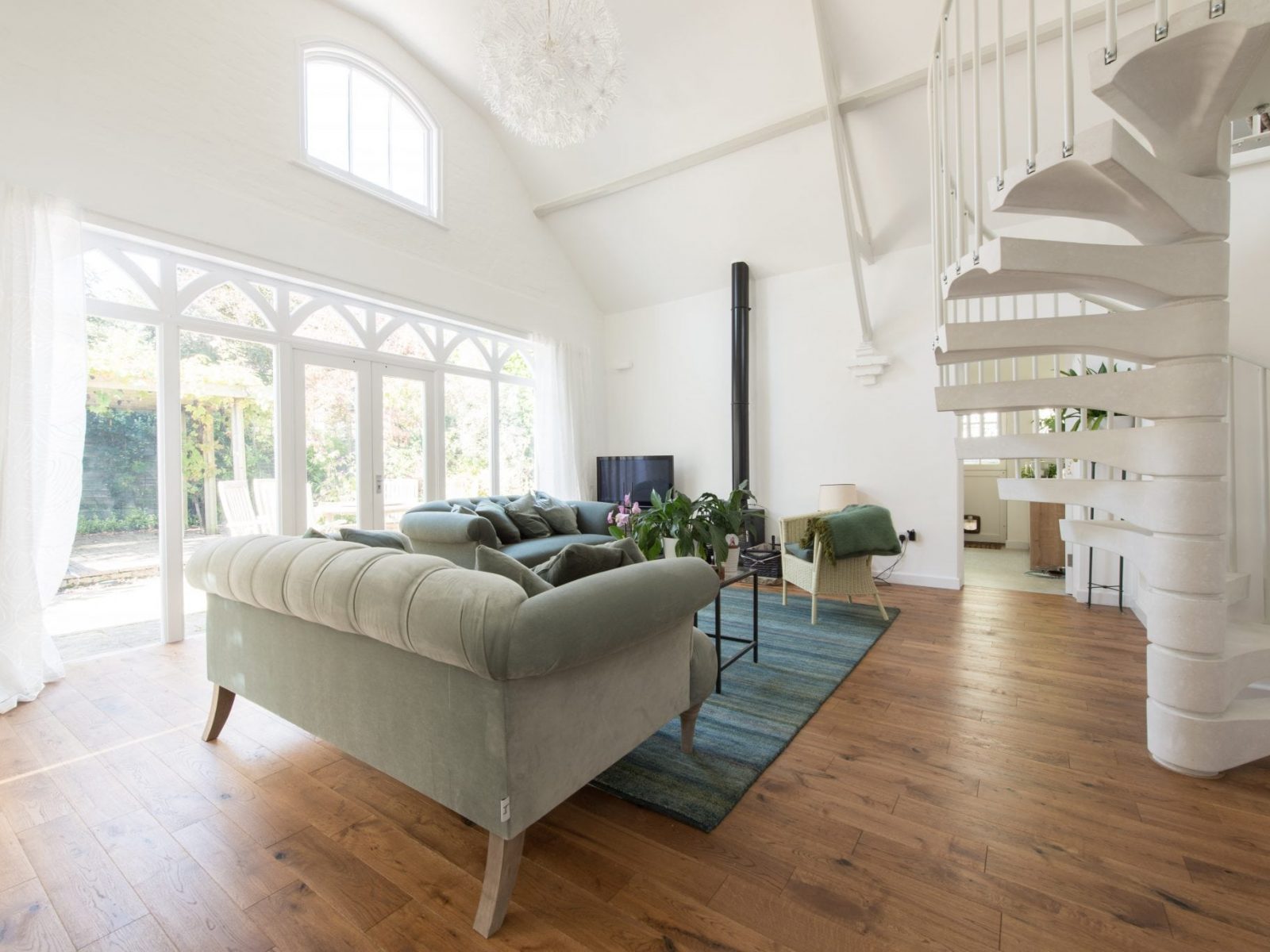
In Oxshott, Surrey, a converted chapel epitomises the seamless blend of history with modern design. Julie, the homeowner, chose this unique property for its character and potential for modernisation while preserving its original features like high ceilings and glass windows.
The journey took an unexpected turn in 2016 when flooding caused extensive damage, leading to a comprehensive rebuild. Key to this restoration was the selection of our Golden Oak engineered wood floors, chosen for their rustic charm and further enhanced with UV-hardened natural colour oils – which offered warmth and texture that perfectly aligned with the white walls and underfloor heating in the space.
Post-renovation, the chapel stands as a symbol of resilience and style, withstanding daily use – including that of Julie’s cat – and existing as the perfect example of how traditional oak flooring can transform a space, marrying traditional appeal with modern functionality.
Try Engineered Wood Flooring in Your Period Home
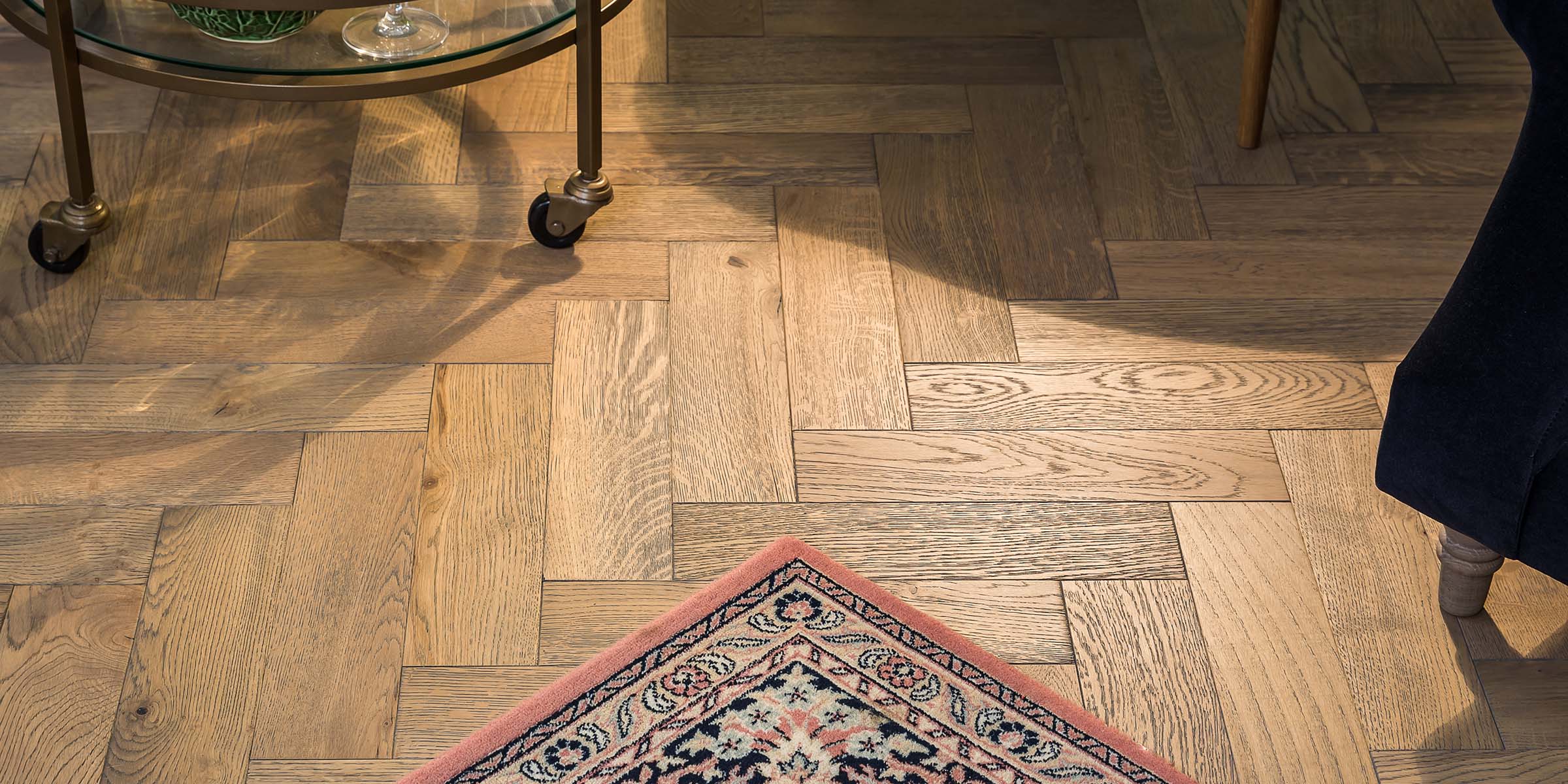
From the rustic appeal of traditional planks to the sophisticated elegance of herringbone and chevron patterns, engineered wood offers a versatile solution that honours the past while embracing the present.
For those inspired to blend historical elegance with contemporary living, our engineered wood flooring presents an invitation to create truly unforgettable spaces.
